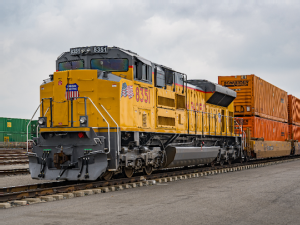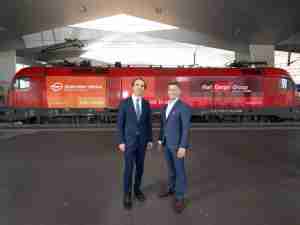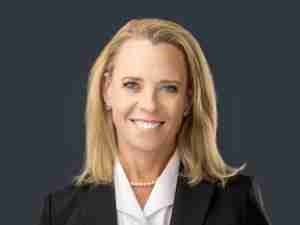The Canadian Auto Workers and Communications, Energy and Paperworkers want to join forces to form a 300,000-strong union that would span growing resource sectors such as Alberta's oil sands as well as central Canada's shrinking manufacturing economy.
The initiative is part of a strategy to shore up unions in the face of growing pressure on labor to make concessions, and a federal government increasingly willing to intervene in labor disputes, often to the benefit of management.
"Quite frankly, it will have the ability to fight," CEP President Dave Coles said as the two unions released the blueprint for their new organization, which members of both organizations will consider later this year.
The union would devote 10 percent of its revenue to organizing, up from 2 to 7 percent at CAW and 8 percent at CEP, pointing to a budget of about C$50 million over five years.
CAW and CEP will put the plan to delegates at their respective conventions in August and October. The blueprint cannot be amended, and a rejection by either membership could scuttle the scheme.
Party Affiliation Put Off
Canada has a relatively strong tradition of union membership and official statistics show that Canadian private-sector workers are more than twice as likely to belong to a union than their U.S. counterparts.
But union membership is falling as the manufacturing sector shrinks - CAW membership is down almost 30 percent in the last six years - and the Conservative federal government has stepped in several times to pass legislation that forces unionized workers back to work.
"If unions do not change, and quickly, we will steadily follow U.S. unions into continuing decline," the two unions said in a discussion paper earlier this year. "We must reverse the erosion of our membership, our power, and our prestige."
The unions' 45-page blueprint lays out a committee structure, a rough budget and priorities for the union - for example, looking for a way to represent contract workers, students and the unemployed.
The new organization won't decide on a leader or party affiliation - if any - until its first convention sometime in 2013. That means they will not resolve one of their biggest differences until after the merger.
CEP is formally affiliated with the left-leaning New Democratic Party, and in Quebec it supports the separatist Bloc Quebecois and Parti Quebecois. The CAW is more flexible, occasionally backing Liberal Party candidates.
Coles expects the new organization will opt to back the NDP outside Quebec.
"I am very confident that there will be a very positive outcome on the floor around the debate, of support for the NDP, at least outside of Quebec," he told Reuters in an interview.
CAW members will outnumber their CEP counterparts by well over 50,000 in the combined organization, but the NDP, which replaced the Liberals as the official opposition in 2011, may now be well-placed to woo unattached members.
"It's up to our members to decide," said Peter Kennedy, the CAW's co-chair on the joint committee that drafted the blueprint. "Whether or not we affiliate directly to a political party is a convention decision, and I think it's absolutely proper to leave that in the hands of the delegates."
Delegates will also select a president. Both Coles and CAW National President Ken Lewenza have been front and center through the merger process, and asked about succession on Wednesday, neither said whether they would run.
CAW, formed when Canadian locals split away from the United Auto Workers in 1985, now represents workers at dozens of companies across the country. Its members work at Air Canada Inc , Canadian Pacific Railway Ltd and Canadian National Railway Co as well as at the Canadian units of Detroit's Big Three automakers.
CEP, itself the product of a series









